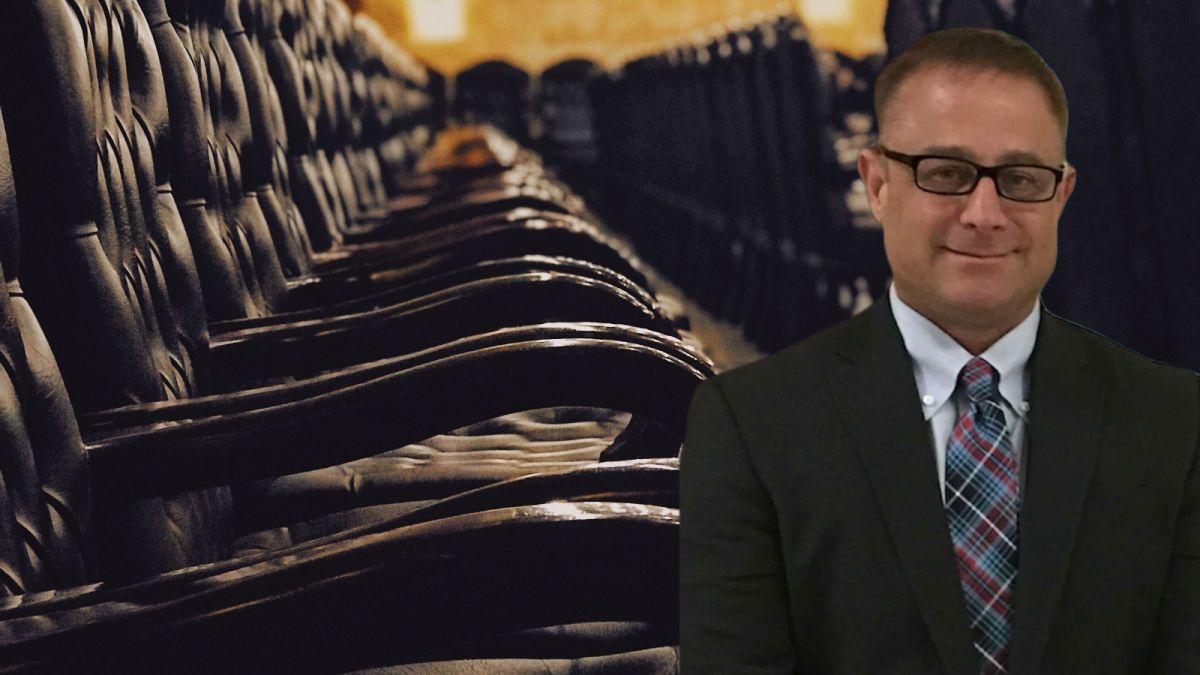
Jury Data Online Mining Legalities
Learn The Nuances Of Online Data Mining 101 For Trial Lawyers Here
The ABA Standing Committee on Ethics and Professionalism has issued a formal ethics opinion that attorneys who want to use public information found on the internet may do so. But the lawyer is not permitted to have direct communication with a juror. I think it is fair to say that most PI lawyers I know, and insurance adjustors use social media and other publicly available information to “size up” parties and even their clients. On more than one occasion, a car accident victim claiming severe personal injuries is caught posting a picture of them at the gym, off-road racing on a motorbike, and so forth.
Insurers and Subrosa
So it was no shocker to most lawyers in the injury law field. They usually and routinely conduct Subrosa when the ABA finally arrives at an opinion regarding potential jurors and discovers their publicly available info. Moreover, this info is essential during voir dire (jury selection) and could be helpful when selecting an unbiased juror.
Using Public Information And Peremptory Challenges
This ability of attorneys to use the accumulation of public information on the internet on social media like Facebook to gain information about potential jurors is obviously of great value when electing to exercise a limited number of challenges for cause. After all, there are only a limited amount of peremptory challenges available. But in doing this, the lawyer is not permitted to friend the person on social media websites or have any direct contact with the person.
ABA Model Rules
These opinions come from the ABA’s Model Rules of Professional Conduct, and information can be found in the Formal Opinion 466 (PDF) that all states except for California have espoused. The websites mentioned in the PDF file include Internet social media websites such as Twitter, Facebook, MySpace, and LinkedIn.
Caveat Emptor
There are two cautions for legal professionals who use public information on the Internet. Data can change frequently, and there is EMS or the potential jurors’ ability to know who has viewed the general information. The ABA states that the rules are not binding, but the knowledge gained should be used only generically, and these rules should serve as a model that can be adopted or modified.
This information that is public on the internet is commonly known as Internet footprints, and Formal Opinion 466 outlines three circumstances for an attorney’s review of a potential juror’s available data, which include:
- Public Information: This is searching for information available to everyone on websites or social media accounts in cases where the juror does not know this event is occurring. The Formal Opinion states this should be the “mere act of observing” and does not mean “improper ex parte” conduct, which would be in the same scope as driving through the juror’s neighborhood to learn about their environment.
- When a Potential Juror is Notified, a potential juror or juror receives public information viewed ping. Of interest here, this is not considered direct communication by the attorney. Here, this equates to a neighbor or coworker seeing a vehicle that may or may not be the lawyer’s and telling the juror.
- Attorneys Requesting Access to Potential Juror’s Social Media: The Formal Opinion states that according to their rules, it is inappropriate for a lawyer to request access to a potential juror or juror’s social media sites that are not public information. Here, the ABA feels it would be equivalent to asking to see the inside of jurors’ homes.
This opinion reminds attorneys to read social media according to the terms of the agreement, and automatic subscriber notifications and information change frequently and without notice. The one issue that the rules touched on was that an attorney must notify the court of knowledge gained through social media if there may be misconduct by a juror.
Ethics Commission
There has been one revision to the ABA Ethics 2000 Commission, and this was after an extensive review of the Model Rules. Model Rule 3.3, adopted by the ABA House of Delegates from the commission’s recommendation as a new subsection. This subsection (b) involves an attorney’s obligation to notify the court if a potential juror or juror has behaved with fraudulent or criminal behavior. The intent was to include “improper conduct,” which is lesser wrongdoing by the potential juror or juror that the Standing Committee stated in the Formal Opinion was not later included.
Model Rule 3.3. (b) outlines that lawyers finding information that a juror or potential juror violated court instructions on the internet may require the attorney to inform the court of the violation. As seen above, jury mining is wrought with duties and obligations that must be strictly adhered to by all parties.
Conclusion
Our trusted lawyers have a vast library of topics if you want to learn about other jury issues, such as jury nullification. If you want a trial lawyer to contact you, use our online form or telephone us at (213) 596-9642.
